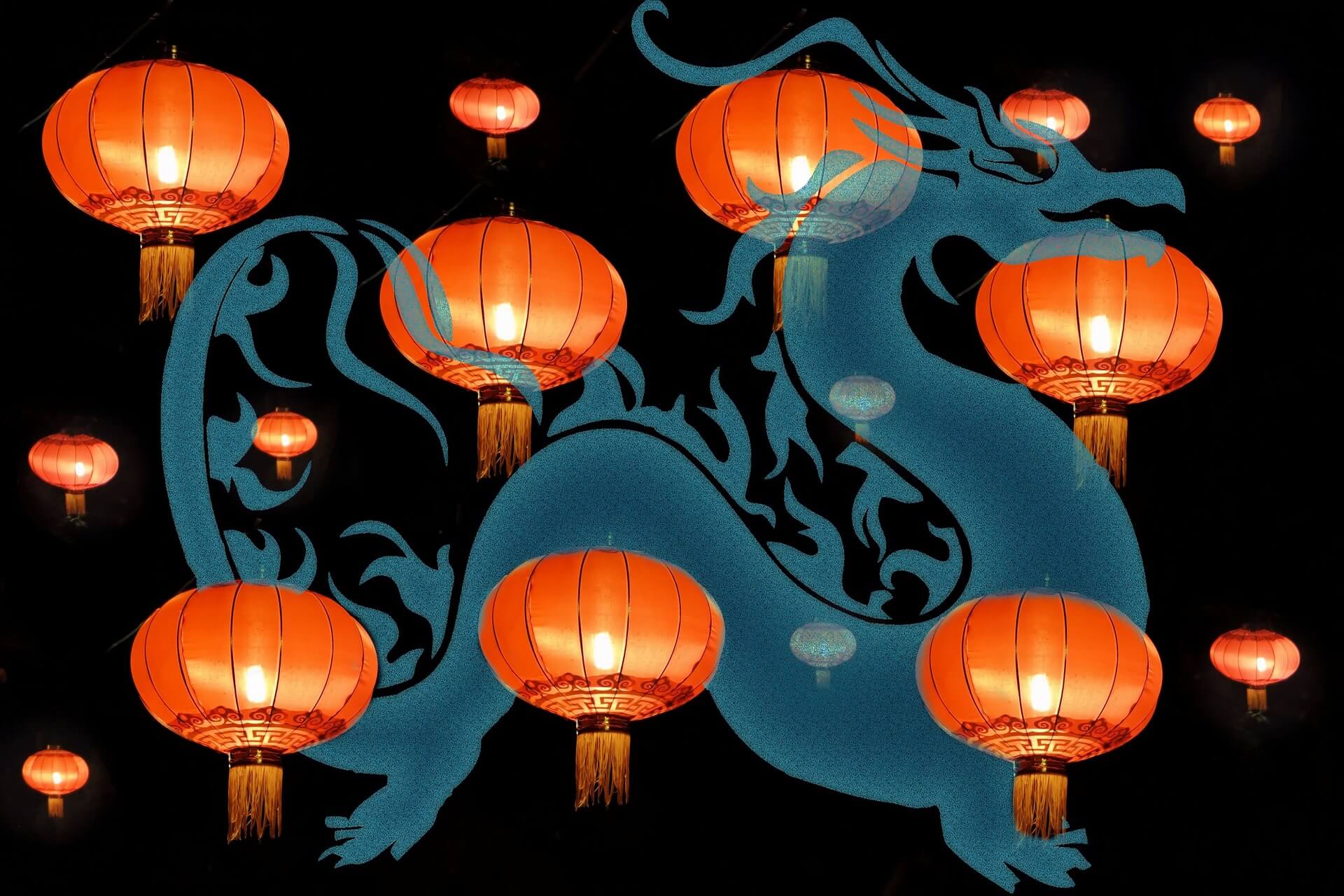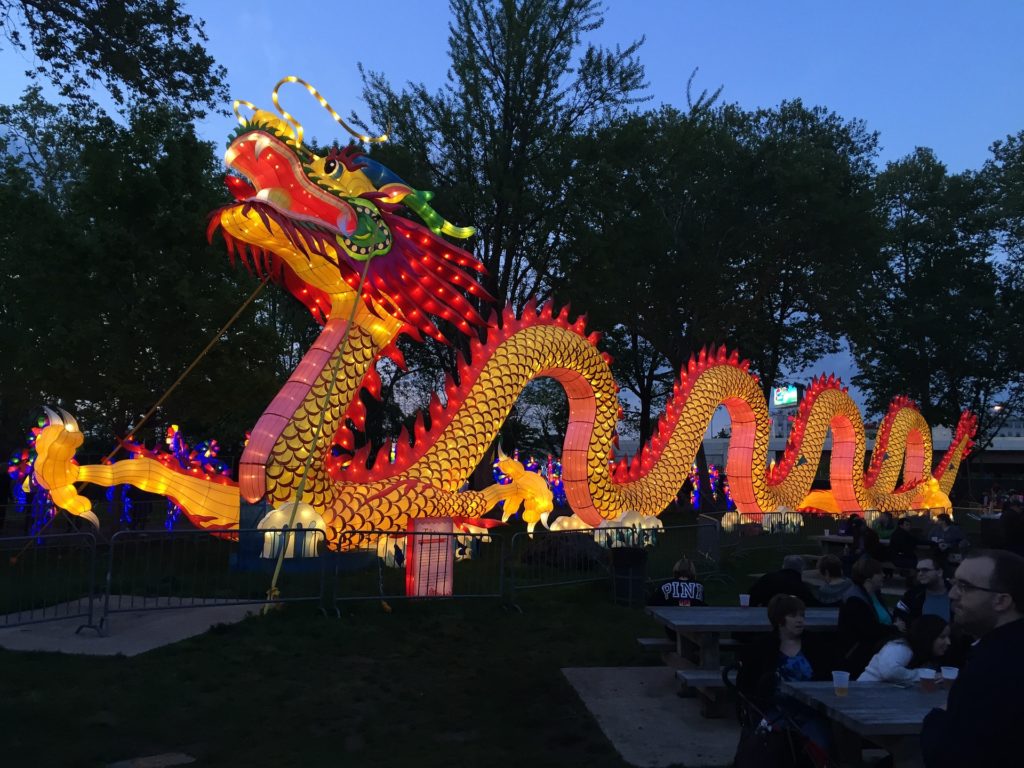

These are: Garuda (mythical bird), Tiger, Lion, Elephant (with tusks), Elephant (without tusks), Rat, Guinea Pig, and Dragon.Ĭelebrations vary across different cultures and countries, but typically on the first day of Lunar New Year families may visit the senior members of their extended family.

There are eight animals (as Wednesday is split into morning and afternoon). Myanmar: Instead of an annual zodiac, Myanmar has animals associated with days of the week.Thailand: Instead of the dragon, the Thai have Naga, a mythical, snake-like monster, which is worshipped to bring fertility and wealth.It is believed that the Chinese word for "rabbit" - " 卯兔" (mǎo tù) - sounded like "meo" in Vietnamese, which means "cat". Vietnam: Instead of the Ox, the Vietnamese have a buffalo, and instead of the rabbit, they have a cat.Japan: Instead of the pig, the Japanese have a boar in their zodiac.However, there are also some important differences in some countries: See the table below to see which animals are associated with which years. Often the animals are the same across cultures – including China, South Korea, North Korea, Singapore, and Cambodia. In many cultures, each year is also associated with an animal from the zodiac. The date of Lunar New Year differs every year. The festival begins on the first day of the first lunar month in the calendar, and ends with the 'Lantern Festival' on the 15th day. Lunar New Year is spectacular, loud, and for many cultures across Asia the most important festival of the year.


 0 kommentar(er)
0 kommentar(er)
